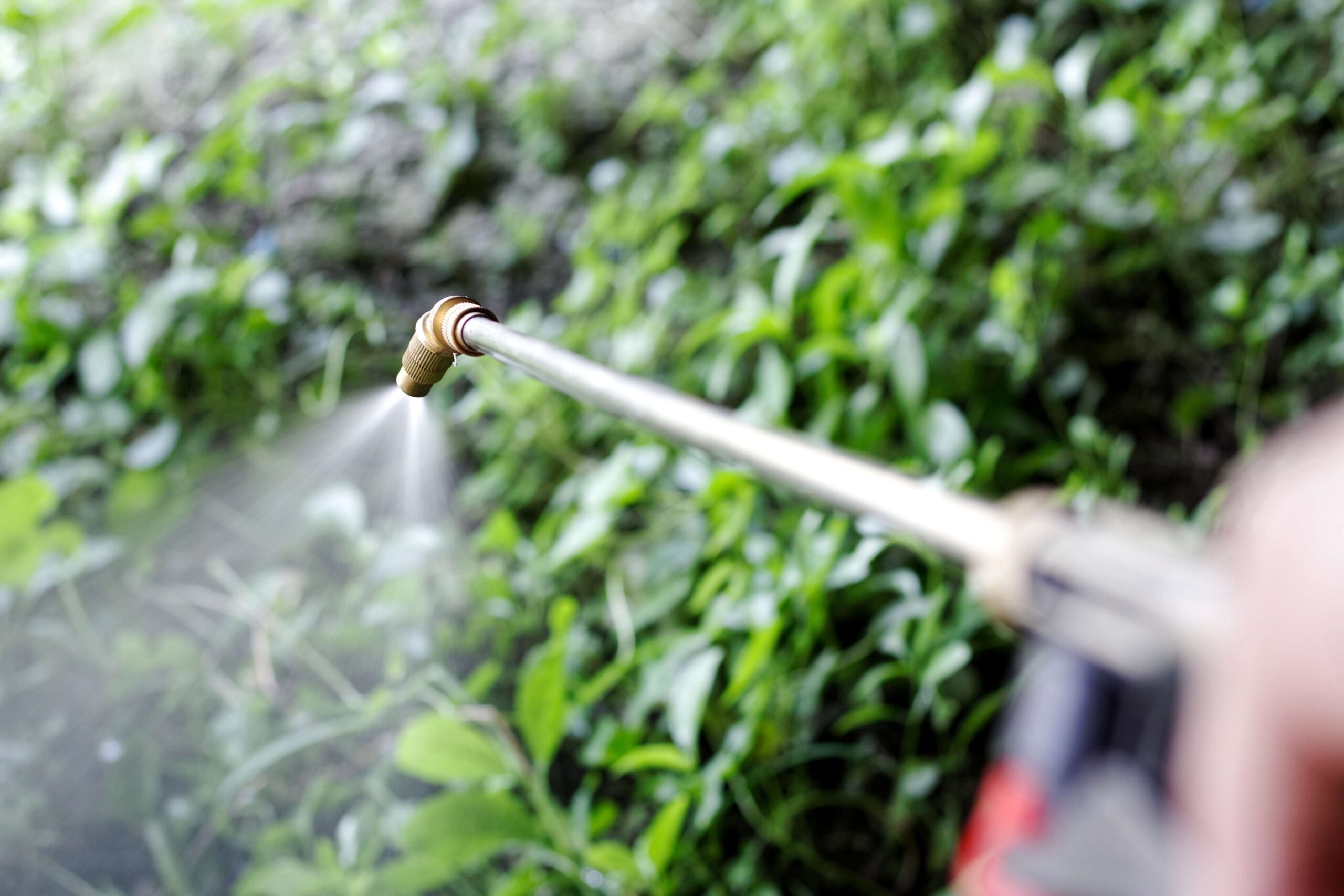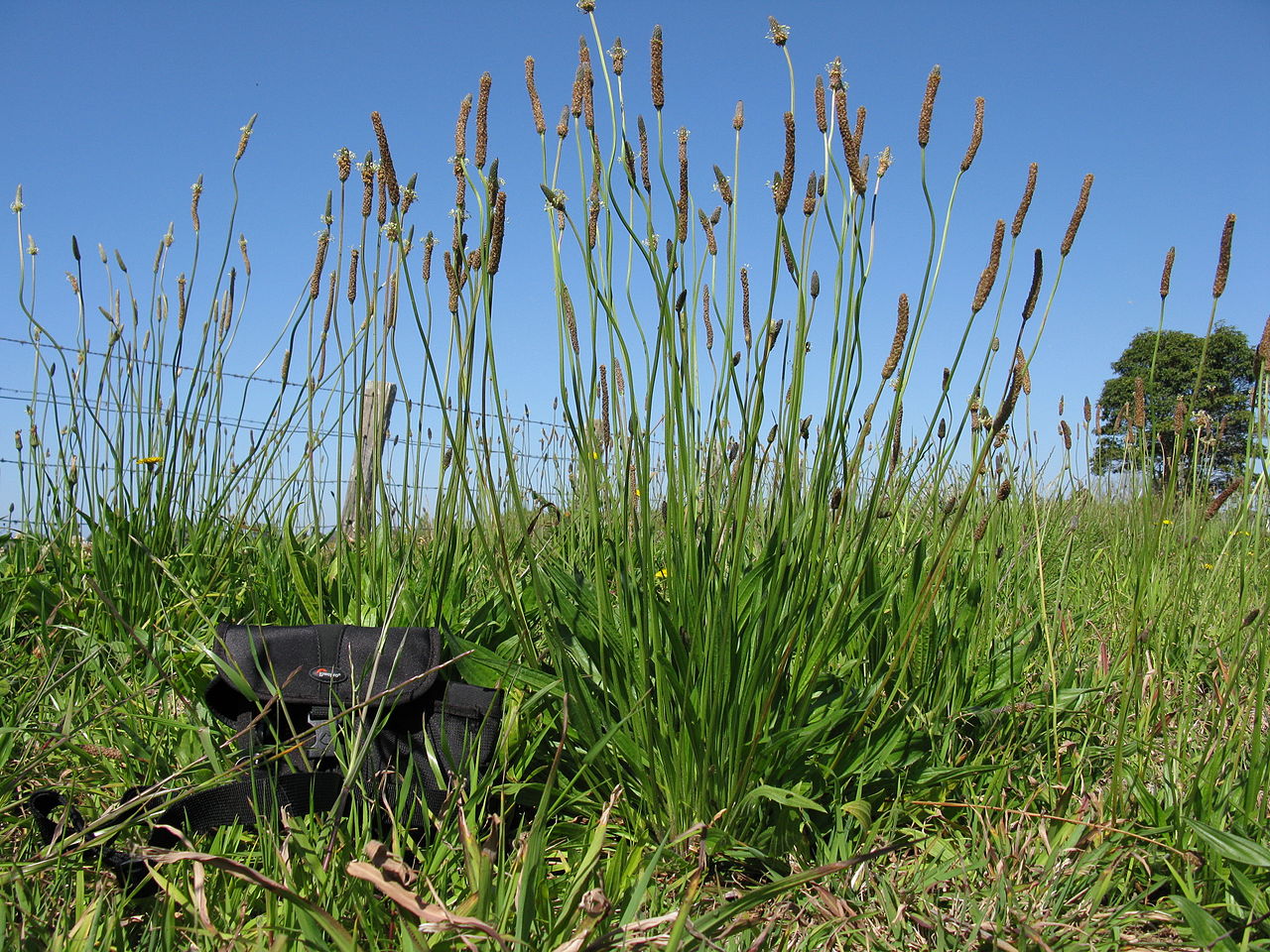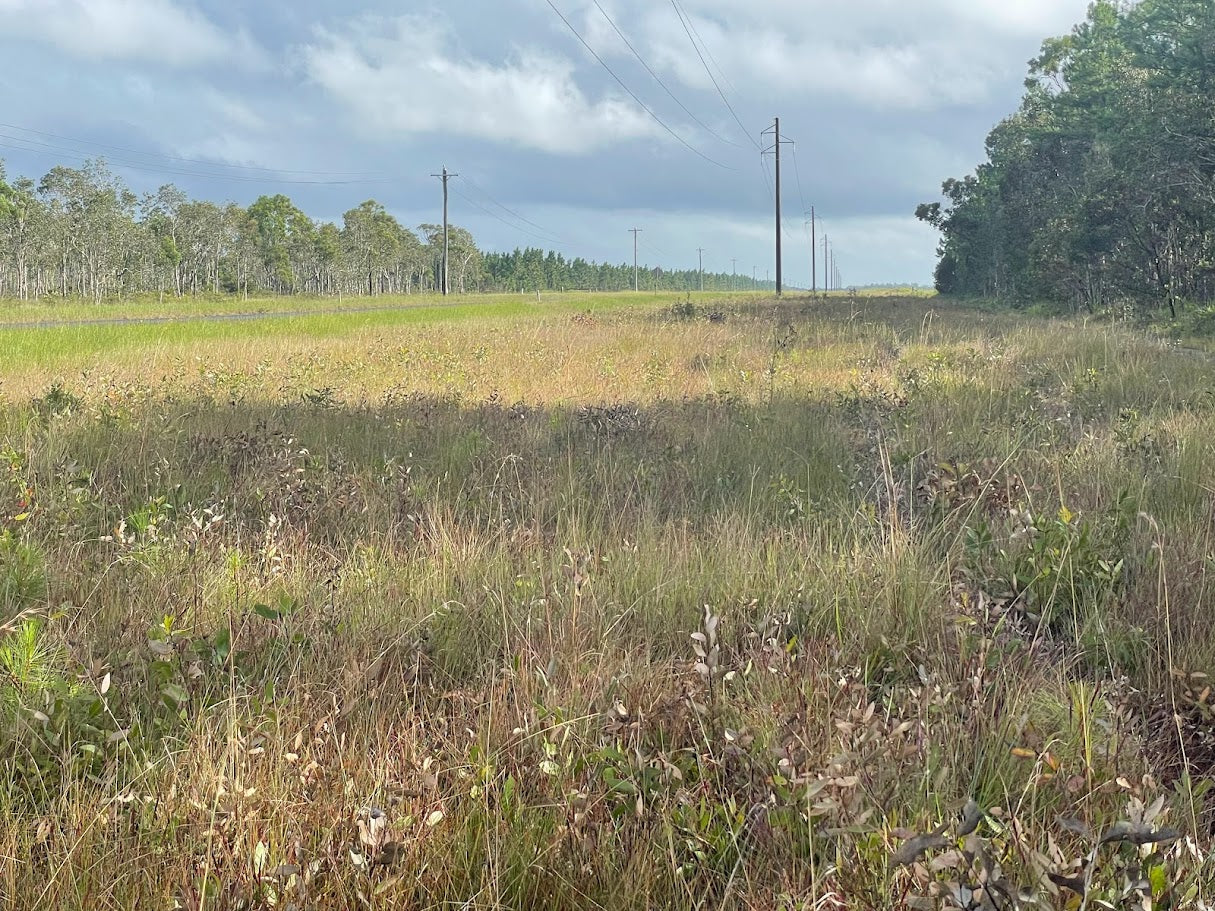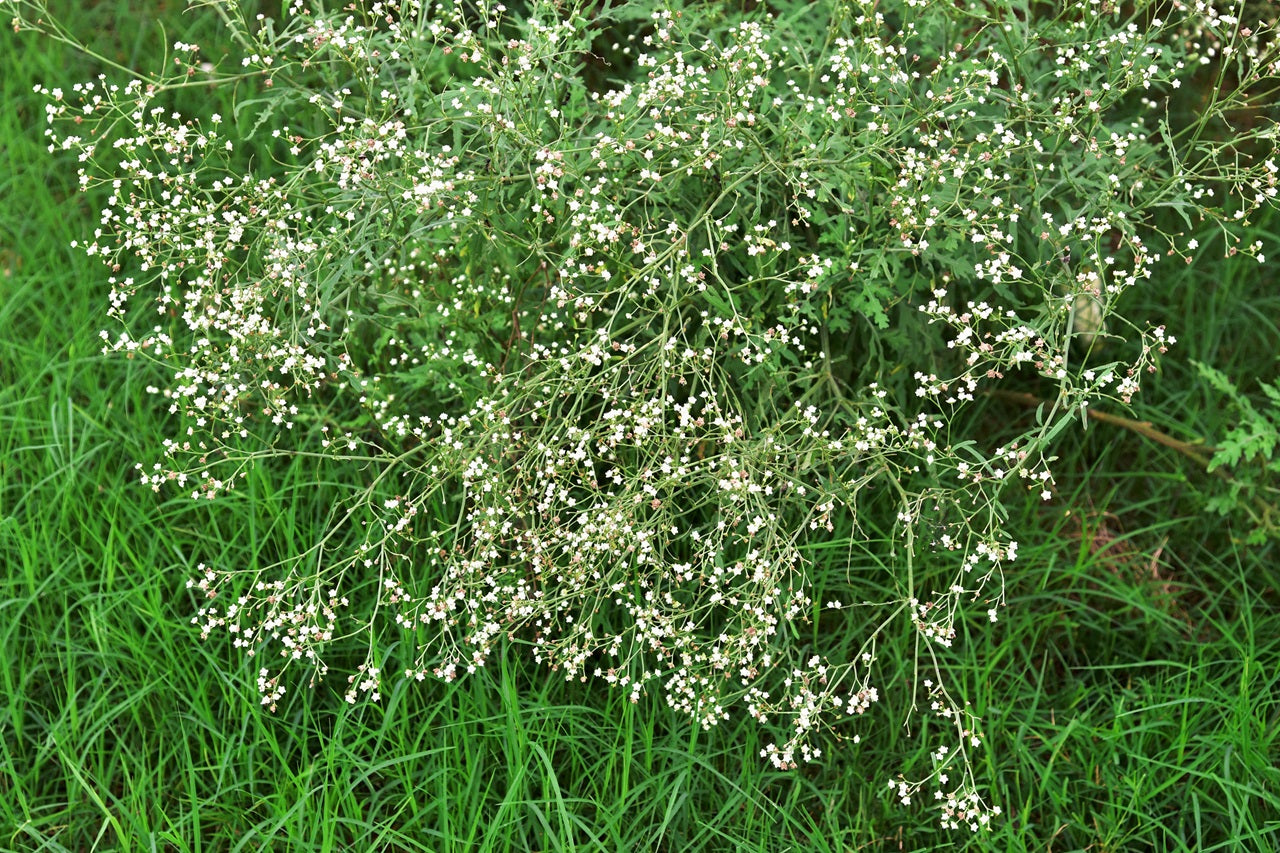
The Evolution of Herbicide Classification: From Groups to Numbers
The Evolution of Herbicide Classification in Australia: From Groups to Numbers
In recent years, Australia has witnessed a significant shift in the way herbicides are classified. Traditionally categorised into groups based on their mode of action, herbicides in Australia have transitioned to a numbering system. This transformation reflects a global effort to streamline and standardise herbicide classification for improved safety, regulatory compliance, and environmental protection. In this blog, we will delve into the recent changes in Australia's herbicide classification system, exploring the reasons behind the shift and its potential implications.
The Traditional Grouping System
For many years, Australia employed a grouping system to classify herbicides. These groups were primarily based on the chemical structure and mode of action of the herbicides. The system aimed to help farmers and regulators identify potential herbicide resistance issues and implement effective weed management strategies. However, this approach had its limitations.

Challenges with the Grouping System
-
Lack of Global Consistency:
The grouping system in Australia was unique to the country, making it challenging to align with international standards. This lack of global consistency could hinder trade and the exchange of knowledge among researchers and farmers worldwide.
-
Complexity:
The grouping system had become increasingly complex over time, with numerous subgroups and categories. This complexity made it difficult for users to navigate and understand.
-
Rapid Changes in Herbicide Technology:
As new herbicides and formulations entered the market, fitting them into the existing grouping system became a cumbersome process.
The Shift to a Numbering System
Recognising the limitations of the grouping system, Australia made the bold decision to transition to a numbering system for herbicide classification. This system, known as the Herbicide Resistance Action Committee (HRAC) numbering system, aligns with international standards, making it easier for Australian herbicide users to collaborate and share information globally.

Key Features of the HRAC Numbering System
-
Simplicity:
The HRAC numbering system simplifies herbicide classification by assigning a unique number to each mode of action. For example, herbicides targeting the same biological pathway are assigned the same number, regardless of their chemical structure or trade name.
-
Improved Communication:
The standardised numbering system enhances communication between herbicide manufacturers, researchers, farmers, and regulatory authorities. It facilitates the exchange of information on herbicide resistance and effective weed management strategies.
-
Global Compatibility:
Australia's adoption of the HRAC numbering system ensures compatibility with international herbicide classification standards. This promotes harmonisation in herbicide regulation and trade.
Implications and Benefits
The transition to the HRAC numbering system offers several benefits:
-
Enhanced Herbicide Resistance Management:
The new system allows for a more effective assessment of herbicide resistance risks, aiding in the development of sustainable weed management practices.
-
Streamlined Regulation:
Regulators can more easily classify and regulate herbicides, promoting safety and environmental protection.
-
Global Collaboration:
Australian researchers and farmers can collaborate with their international counterparts more effectively, leading to improved herbicide management strategies.
Australia's shift from the traditional grouping system to the HRAC numbering system represents a significant step forward in herbicide classification. By simplifying the classification process and aligning with international standards, the country is better equipped to address herbicide resistance and promote sustainable weed management practices.
This transition demonstrates Australia's commitment to maintaining a robust and efficient herbicide classification system that benefits both its agricultural sector and the global community.
Additional content
VIEW GWS' ADDITIONAL CONTENT TO LEARN MORE ABOUT THE WEED INDUSTRY

Water pH and the Performance of Weak Acid Herbicides
Weak-acid herbicides must remain in their non-ionised (acid) form to move efficiently through the plant cuticle. When spray water is too alkaline, the herbicide molecule becomes ionised.
Read more
Towards Modern Vegetation Management: Solutions for Australia’s Linear Infrastructure
Understanding the Changing Vegetation Challenge Vegetation management across Australia’s linear infrastructure corridors is becoming increasingly complex. Roads, rail corridors, gas pipelines, elec...
Read more
Case Study: Parthenium Weed Hygiene
Introduction: The Necessity of Weed Hygiene Management Australia’s vast expanses and diverse land uses, from grazing pastures and cropping zones to natural bushland and urban corridors are u...
Read more
